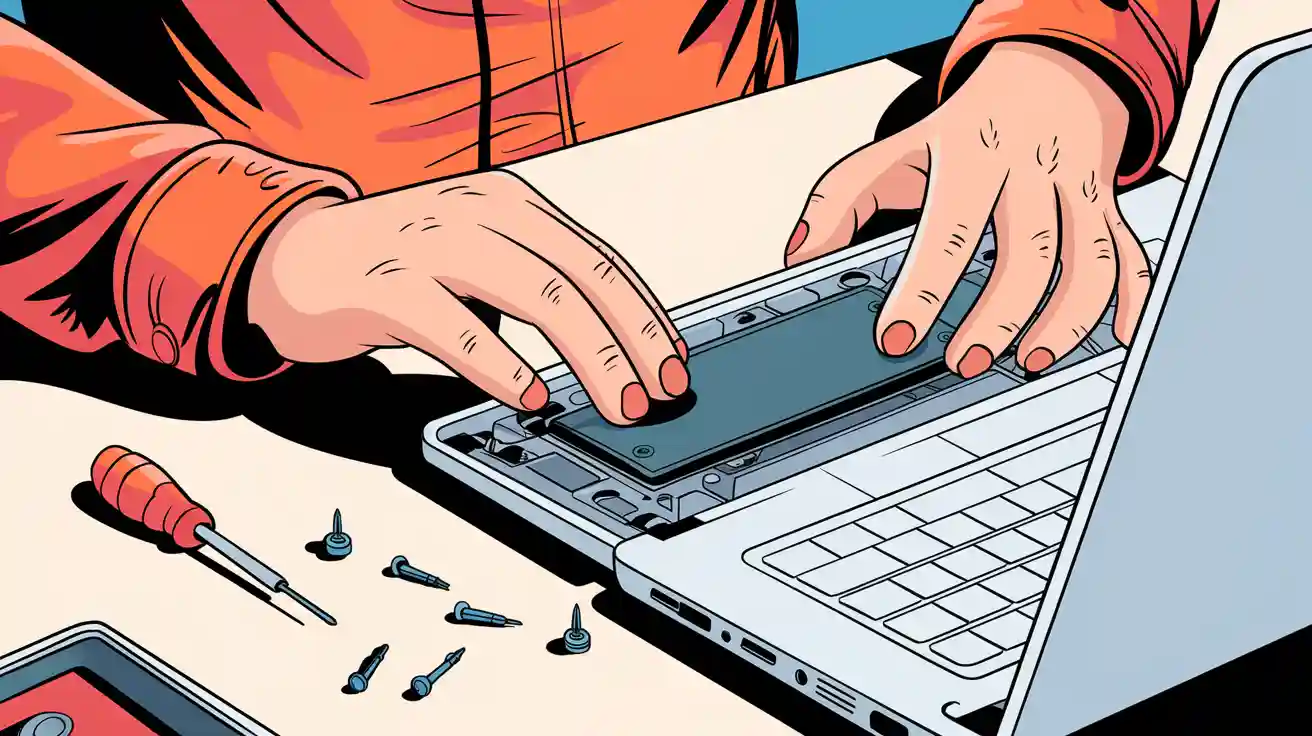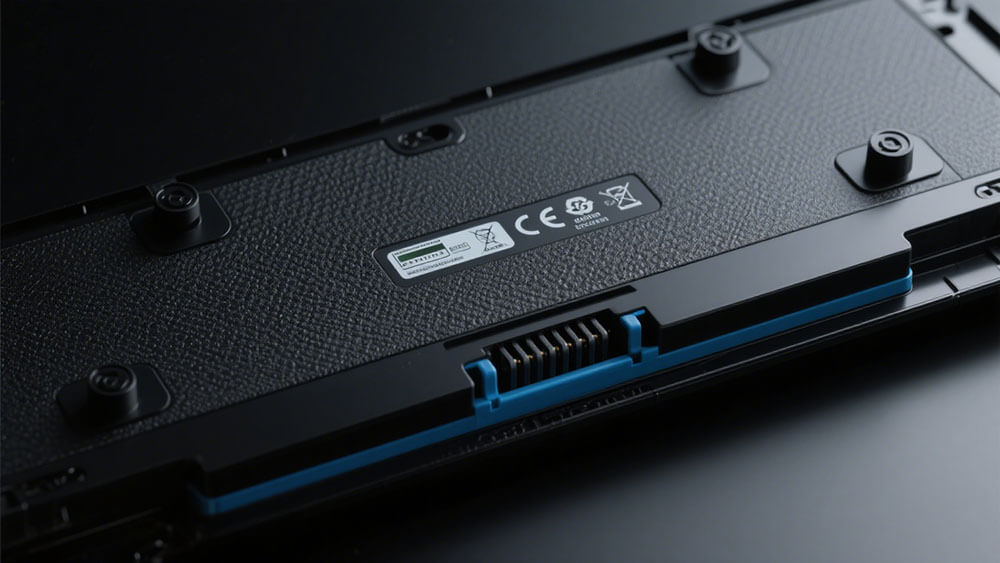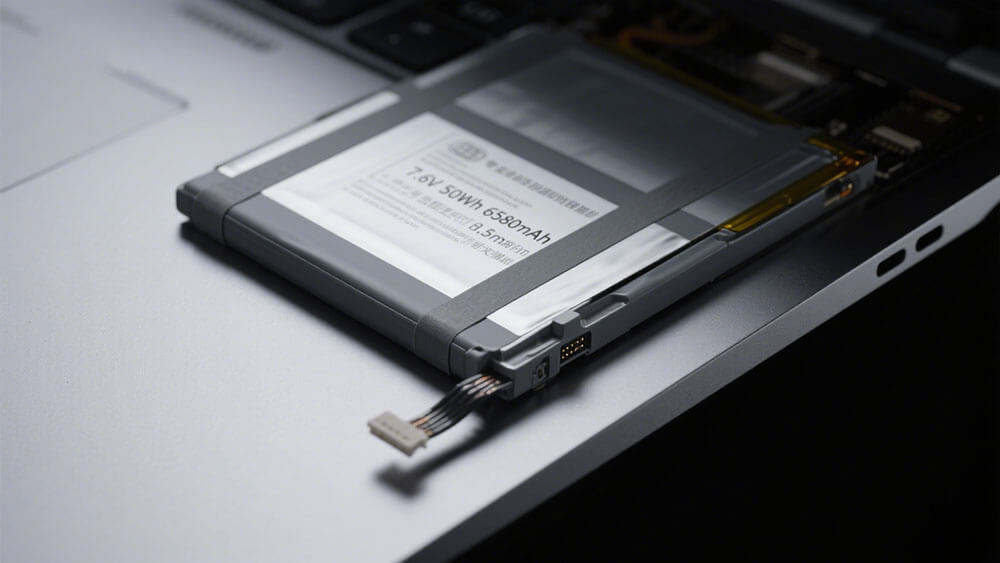
You may wonder if you can revive a dead laptop battery. In some cases, you can restore an old dead laptop battery, especially if you understand the battery management system and the chemistry inside lithium battery packs. Safety remains critical. Only attempt How to Repair a Laptop Battery if you possess technical expertise and proper safety knowledge.
Key Takeaways
Always prioritize safety by wearing protective gear and using the right tools before repairing a laptop battery.
Check the battery’s health carefully and only repair if there is no physical damage or deep discharge.
Follow the correct steps to replace cells, maintain the battery management system, and recalibrate the battery for best performance.
Part 1: Safety and Assessment

1.1 Safety Precautions
When you repair a laptop battery, you must prioritize safety at every step. Lithium batteries can cause fires, explosions, and chemical exposure if mishandled. Real-world incidents, such as fires in recycling plants in China and Scotland, highlight the dangers of short circuits, external shocks, and control system failures. Toxic substances like nickel and cobalt present additional health hazards.
Tip: Always wear personal protective equipment (PPE) and work in a well-ventilated area.
Follow these best practices:
Inspect the battery for swelling, leaks, or corrosion before starting.
Use genuine replacement parts to avoid overheating or thermal events.
Keep fire suppression tools, such as a fire blanket or Class B extinguisher, nearby.
Never puncture, crush, or overheat the battery.
Store and transport damaged batteries in non-metallic, cushioned packaging.
For more on battery management systems and safety, see Battery Management System Operation & Components.
1.2 Battery Health Check
You can assess battery health using a high-impedance multimeter. First, disconnect the battery from the laptop and let it rest for 15 minutes. Measure the open-circuit voltage:
Li-ion cells: 3.7 V nominal, 4.2 V fully charged, do not drop below 3.0 V.
LiFePO4 Lithium battery: 3.2 V nominal, 3.6 V fully charged, minimum 2.5 V.
A healthy battery should show a voltage close to its maximum when charged fully but does not last as expected, internal resistance may be high. To check internal resistance, measure the voltage drop under a known load and divide by the current. High resistance signals reduced battery life and lifespan.
1.3 When to Repair
You should only attempt repair if the battery shows no physical damage and the cells are not deeply discharged. If you lack proper tools or technical knowledge, replacement is safer. Avoid repairing a dead battery with visible swelling or corrosion. Overcharging, improper handling, or mismatched cells can shorten battery lifespan and increase risk.
Note: If you need custom solutions for laptop battery packs, visit our OEM/ODM consultation page.
Part 2: How to Repair a Laptop Battery

2.1 Tools and Materials
Before you begin the process of how to repair a laptop battery, gather all necessary tools and materials. Using the correct equipment ensures safety and efficiency throughout the repair. Here is a checklist for your workspace:
High-impedance multimeter (HV-rated for lithium battery packs)
100-Ohm resistor (for safe circuit activation)
Matched lithium cells (same chemistry, capacity, and manufacturer batch)
Insulated gloves and protective eyewear
ESD-safe work surface and tools
Soldering iron with temperature control
Fire blanket or Class B fire extinguisher
Manufacturer-approved diagnostic tools for BMS communication
Tip: Always use manufacturer-approved equipment and follow strict safety protocols. This reduces the risk of accidental short circuits and ensures the integrity of the battery management system.
2.2 Replace Cells and Maintain BMS
You must follow a precise sequence when you repair a laptop battery, especially with lithium-ion battery packs. Begin by draining and removing the laptop battery from the device. Place it on an ESD-safe surface. Use your multimeter to identify the positive, negative, and communication terminals. Some battery packs include a thermistor for temperature monitoring and clock/data lines for SMBus communication.
To safely open the battery case:
Disconnect the ground terminal first. This step prevents accidental short circuits.
Use a 100-Ohm resistor to bridge the circuit and keep the BMS powered. This preserves calibration data and prevents BMS lockout.
Remove the old cells carefully, avoiding any damage to the BMS or wiring.
Install the new cells, ensuring they match in chemistry, voltage, and capacity. Only use cells from the same batch to maintain balance and maximize battery life.
Reconnect the positive terminal before the ground terminal. This sequence protects the BMS and the new cells.
Alert: Never attempt to repair a laptop battery with physically damaged or deeply discharged cells. Only proceed if you have the proper tools and technical expertise.
Step | Action | Purpose |
|---|---|---|
1. Disconnect ground | Prevent short circuits | Safety |
2. Bridge with resistor | Maintain BMS power and data | Data integrity |
3. Remove old cells | Avoid damage to BMS and wiring | System reliability |
4. Install new cells | Use matched cells for chemistry and capacity | Battery life and lifespan |
5. Reconnect positive | Protect BMS and new cells | System protection |
Following these steps aligns with industry best practices for high-voltage battery servicing. You must use only manufacturer-approved equipment and regularly update technician training to ensure safe and effective laptop battery repair.
2.3 Calibration and Testing
After you complete the cell replacement, you need to recalibrate the battery management system. This step is critical for accurate charge measurement and optimal battery life. Start by performing a full recharge cycle, then allow the battery to discharge completely under controlled conditions. This process, known as a capacity relearn procedure, enables the BMS to update its internal counters and balance the new cells.
Use diagnostic tools to verify SMBus communication and check for error codes. Monitor temperature sensors and ensure the BMS interrupts charging if overheating occurs. Only proceed with further use if all parameters fall within manufacturer specifications.
Note: Performing a full recharge and discharge cycle after repair helps prevent uneven cell balancing and premature degradation. This step maintains the safety and lifespan of your laptop battery.
2.4 Maintenance Tips
Proper maintenance extends the lifespan of your repaired battery and ensures consistent performance. Advanced lithium batteries, such as those used in medical, robotics, security, infrastructure, and industrial applications, have a finite cycle life. Manufacturers often provide warranties based on cycle count or years of service. You should monitor battery health regularly, avoid deep discharges, and store batteries in a cool, dry environment.
Check for firmware updates for your laptop and BMS. If your battery uses liquid cooling, inspect coolant levels as recommended in the owner’s manual. For custom battery solutions or ongoing maintenance support, consider consulting with our OEM/ODM experts.
🌱 For more on sustainable battery practices, visit Our Approach to Sustainability.
You must prioritize safety and technical skill when you repair any laptop battery. Use the right tools and always assess the battery before starting. Not every battery can be fixed. Consult professionals when needed to boost your battery’s lifespan and protect battery life in your laptop applications.
FAQ
1. Can you repair any type of laptop battery?
You can repair many lithium battery packs, but not all. Some batteries, especially those with severe damage, require professional replacement for safety and reliability.
2. What risks do you face when repairing a laptop battery?
You risk fire, chemical exposure, or data loss if you mishandle a battery. Always follow safety protocols and use proper tools for every laptop battery repair.
3. How can Large Power help with custom laptop battery solutions?
Large Power offers OEM/ODM consultation for custom battery packs. You can get expert advice and tailored solutions for your laptop or industrial application.
Consult Large Power experts for your project.






